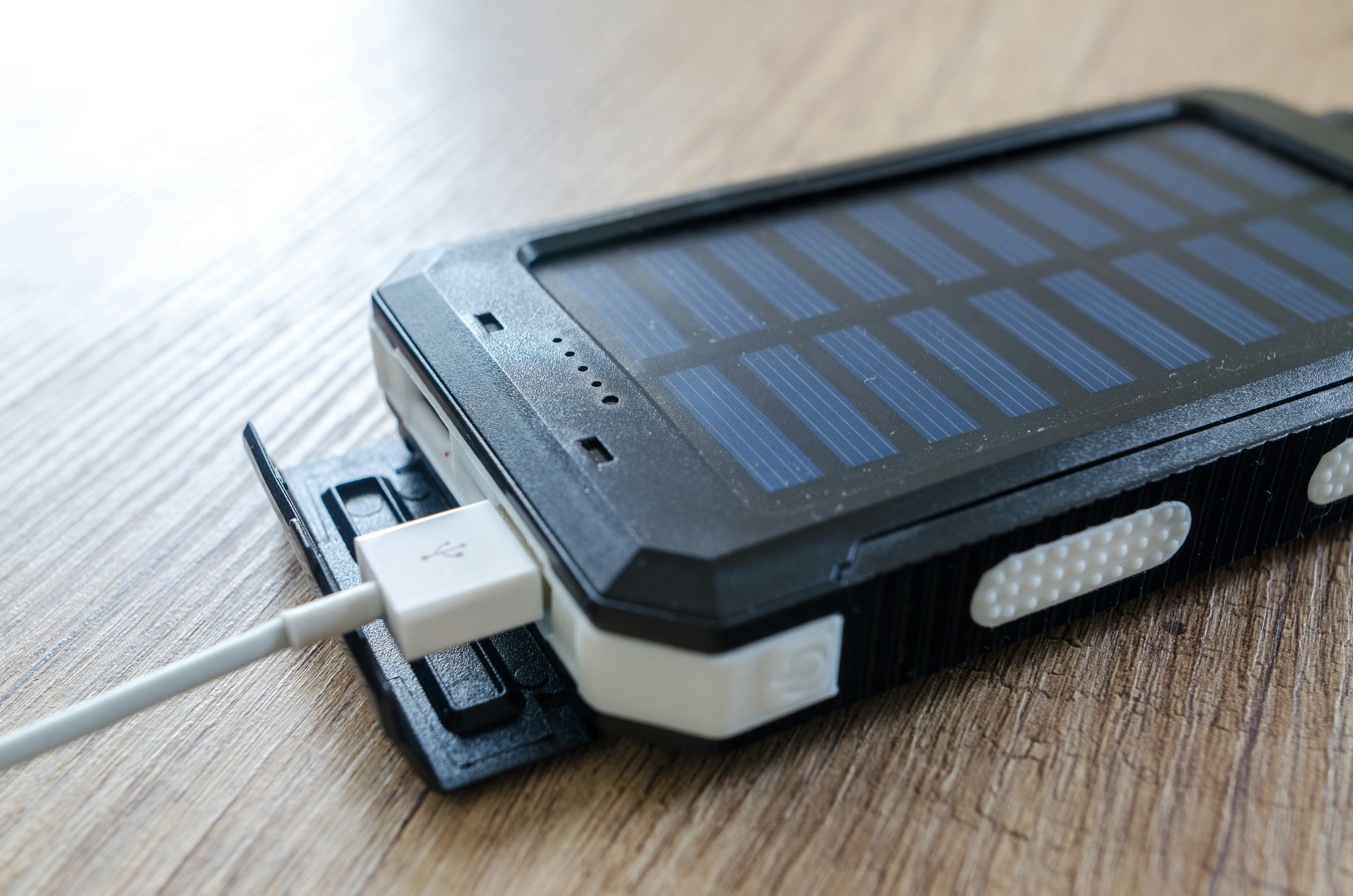Making your own website is quite similar to making your own program. You have many programming languages to choose from and your mileage will vary depending on which programming language you choose. But unlike creating software, you have the opportunity to create unique web page designs by using multiple programming languages. HTML is the most basic language you need to know to create a website, so you need to be familiar with HTML tags and structure. Once you have an idea of HTML, you can take several routes depending on the type of web page design you want.
CSS
CSS or Cascading Style Sheets should be next on your learning list because you can use the language to control the layout of all the pages on your site. You can create a separate file that has all the CSS codes and link all your pages to that CSS file. This is a convenient way to structure your site because you can easily make layout or styling changes to all of your pages by editing that CSS file. You can also have multiple CSS files that control different elements of your site for easier organization. For example, you might have one CSS file that handles all fonts and formatting, while another handles columns and headers.
Flash
When it comes to animated graphics, you’re pretty much limited to making animated GIFs if you take a pure HTML route. But GIF files lack interactivity features and suffer from poor color quality. Adobe Flash files remove that limitation so you can create eye-catching web page designs. Flash has a steep learning curve, especially if you want your Adobe Flash elements to be interactive. Adobe Flash Player is also required so iPad and iPhone owners won’t be able to see those design elements.
javascript
JavaScript focuses more on the functionality of a site, but mastering it allows you to add some nice design touches to your pages. Those smooth transitions and page elements that don’t depend on Adobe Flash are probably powered by JavaScript. Even if you don’t know how to code in JavaScript, you can download some plugins that can extend the design options of your web page.
HTML5
HTML5 is the future of web design, but some sites already have some HTML5 code as newer browsers are slowly adopting the standard. Some believe that HTML5 is flexible enough to one day replace Adobe Flash. But before you get serious about HTML5, understand that this language is still in development and it will be several years before the standard is finalized.
Knowing multiple languages is essential to turning your creative ideas into real web pages. Don’t forget that there are dozens of other languages to learn like PHP and ASP.
